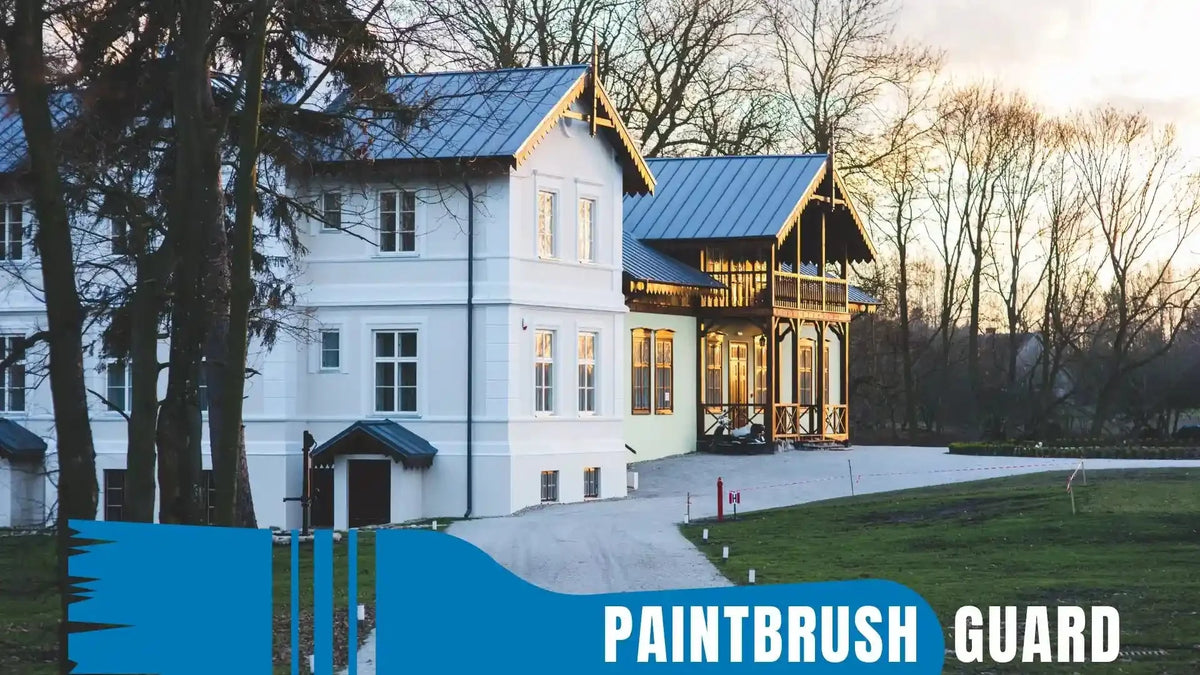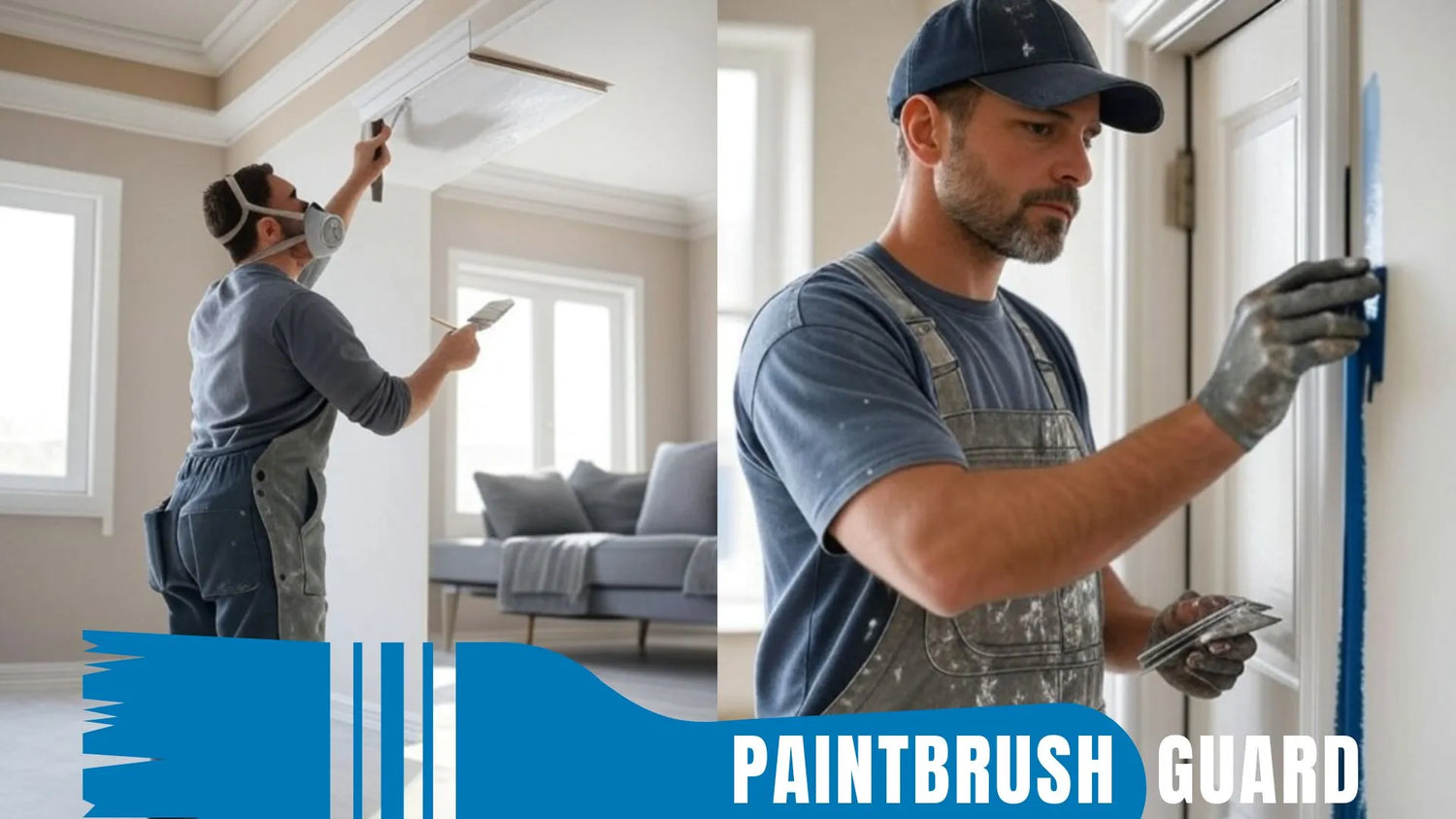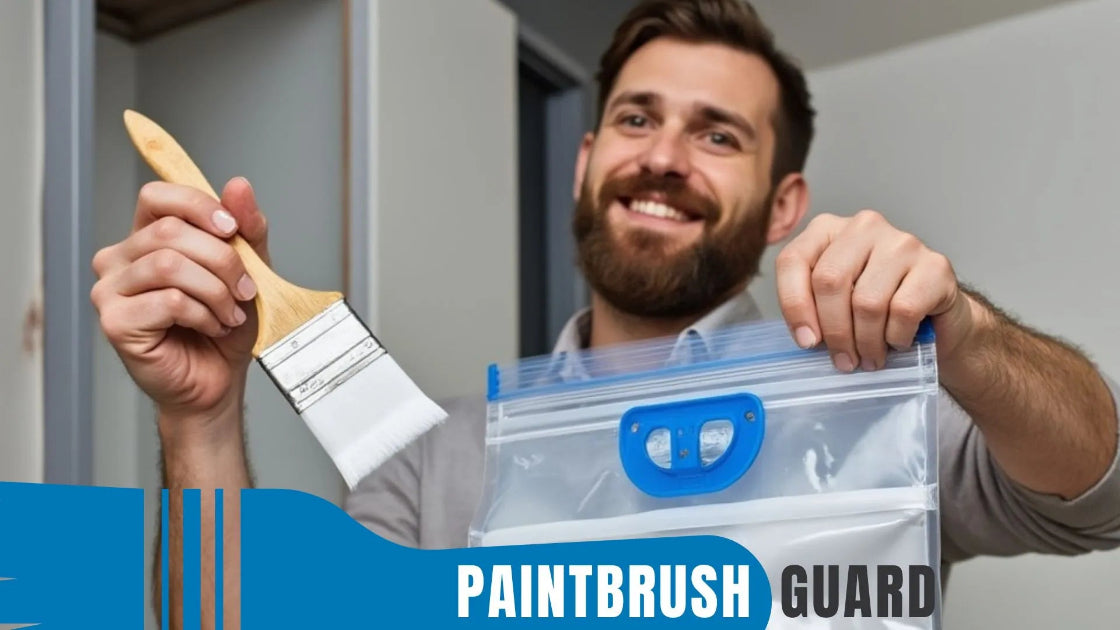
5 Safety tips for exterior trim painting on high homes
|
Time to read 8 min
|
Time to read 8 min
This article outlines five essential safety tips for exterior trim painting on high homes, covering equipment, preparation, and best practices for a secure and successful project.
Safety exterior trim painting on high homes requires careful planning to prevent accidents and ensure a quality finish. Painting trim on tall structures, such as two-story homes or buildings with steep roofs, involves working at heights, which poses risks like falls or equipment mishaps.
By following key safety tips, you can protect yourself, your tools, and your property while achieving a professional result.
This in-depth guide covers every aspect of preparing and painting exterior trim, ensuring your project succeeds.
Prioritizing safety exterior trim painting is critical when working on high homes. Painting exterior trim, such as window frames, eaves, or soffits, often requires working at significant heights, increasing the risk of falls, injuries, or property damage.
High homes, typically two stories or more, amplify these dangers due to their elevated structures and complex rooflines.
Moreover, unsafe practices can lead to dropped tools, paint spills, or ladder accidents, endangering workers and passersby.
By focusing on safety exterior trim painting, you ensure a secure work environment, protect your health, and achieve a high-quality finish on high homes.
In this exterior house painting guide you will learn how to prepare and paint all exterior surfaces step-by-step.
Using reliable equipment is the foundation of safety exterior trim painting on high homes. Ladders and scaffolding must be stable and appropriate for the height and terrain.
Proper equipment setup ensures safety exterior trim painting, reducing the risk of accidents on high homes.
Wearing appropriate safety gear is essential for protecting yourself during exterior trim painting on high homes. The right gear minimizes injury risks and enhances comfort.
This gear enhances safety exterior trim painting, ensuring you stay protected while working at height.
With no cleanup required after a painting session, you can take a short break mid-project or wrap up your painting for the day, your brush stays ready without the need to clean.
Keeping tools and materials secure prevents accidents and damage during exterior trim painting on high homes. Dropped tools or paint cans can injure people below or ruin surfaces.
Securing tools supports safety exterior trim painting, keeping the workspace safe and organized.
Weather significantly impacts safety exterior trim painting on high homes. Painting in adverse conditions can lead to slips, equipment failure, or poor paint adhesion.
Checking weather conditions promotes safety exterior trim painting, protecting both workers and the paint job.
Learn how long paint lasts on wood outside and factors like paint type, prep, and climate, plus tips to extend durability on exterior wood.
Careful planning of movement is crucial for safety exterior trim painting on high homes. Navigating ladders, scaffolding, or roofs requires deliberate steps to avoid falls or injuries.
Planning movement enhances safety exterior trim painting, ensuring steady and secure work at elevation.
Discover 4 best paint sprayers for exterior deck and large surfaces. Learn key features, tips, and maintenance for a durable, professional finish on your deck.
Balancing the benefits and challenges of safety measures helps optimize your approach to exterior trim painting on high homes. Each safety practice enhances protection but may involve trade-offs.
This involves selecting and setting up sturdy equipment to ensure a secure platform for painting at height.
Check out our blog for Home Improvement painting: Learn about eco-friendly painting solutions, painting tips and get started with your own home project today!
Wearing harnesses, goggles, and protective clothing safeguards against falls and paint-related hazards.
Using lanyards and secure storage prevents dropped tools and paint spills during painting.
This article clarifies whether you should paint exterior trim first or last, offering insights into the advantages and challenges of each approach.
Monitoring weather ensures safe and effective painting conditions for high homes.
Careful planning of movement reduces risks of falls or overexertion while painting.
These pros and cons guide effective safety exterior trim painting strategies for high homes.
Discover the best paint for exterior trim, key factors for durability, and expert tips for choosing and applying paint to ensure a long-lasting finish.
Safety exterior trim painting on high homes is essential to prevent accidents and achieve a professional finish.
Using stable ladders, wearing safety gear, securing tools, checking weather, and planning movement are critical steps to ensure a safe work environment.
For instance, proper equipment setup prevents falls, while weather checks ensure paint adhesion. Meanwhile, securing tools and planning movement reduce risks of injury or damage.
By prioritizing these safety exterior trim painting tips, you can paint high homes confidently, protecting yourself and delivering a durable, attractive trim finish that lasts for years.
Safety is essential for exterior trim painting on high homes due to the risks of falls, injuries, or property damage when working at heights on two-story or taller structures. Unsafe practices can lead to ladder accidents, dropped tools, or paint spills, endangering workers and passersby while compromising the quality of the finish.
Use an extension ladder rated for your weight, extending three feet above the working surface, and inspect for damage. Set ladders on firm, level ground with levelers if needed, use stabilizers to prevent tipping, and secure scaffolding with braces and guardrails to ensure a safe platform for exterior trim painting.
Wear a safety harness anchored to a secure point, non-slip footwear for traction, long sleeves, pants, and gloves to protect skin, safety goggles to shield against paint splashes, a mask to avoid inhaling fumes, and consider a hard hat for protection from falling objects during exterior trim painting on high homes.
Use tool lanyards to prevent drops, secure paint cans with lids or hooks, and place drop cloths below to catch drips. Check weather to avoid painting in rain, snow, or high winds, aim for 50–85°F with low humidity, ensure dry surfaces, and monitor for lightning to ensure safe exterior trim painting conditions.
Map out work areas to minimize ladder repositioning, maintain three points of contact while climbing, use pulley systems to lift heavy paint cans or tools, mark hazards below with cones or signs, and take regular breaks to avoid fatigue, ensuring steady and secure movement for exterior trim painting on high homes.

Learn about eco-friendly painting, tips and tutorials on house interior and exterior surfaces, so you can get started with your project without any surprices during or after your painting.

Learn how interior house paint colors influence mood with expert tips on room preference so you can pick the best colors for a harmonious home environment.
We focus on the most popular shades for each interior colors, so you don't miss no matter what color you pick.

Learn how this innovative tool allows you to store paintbrushes without the need for immediate cleaning, offering significant advantages in time savings, water conservation, reduced chemical pollution, and lower costs for supplies.


